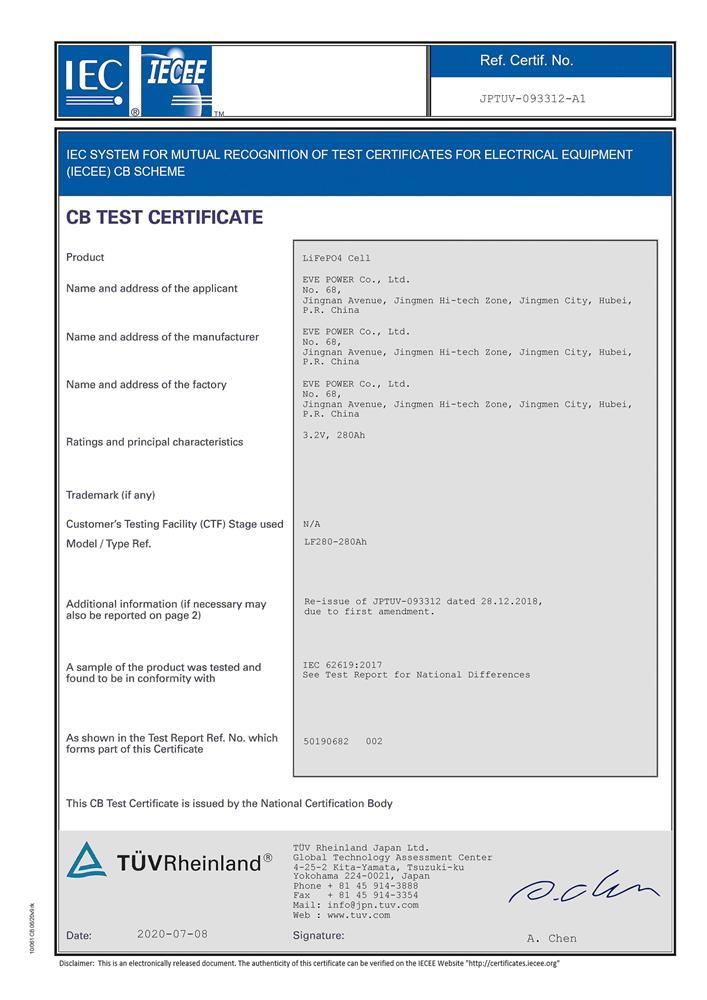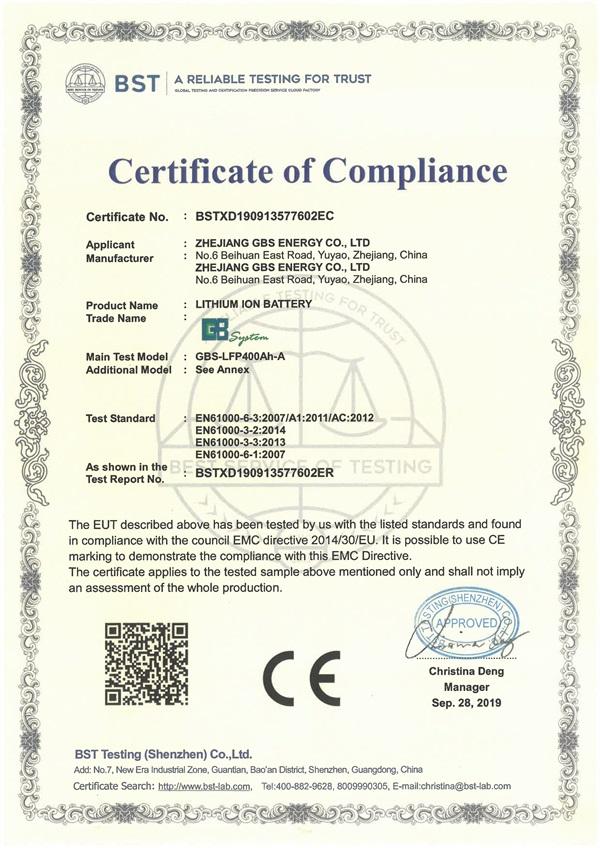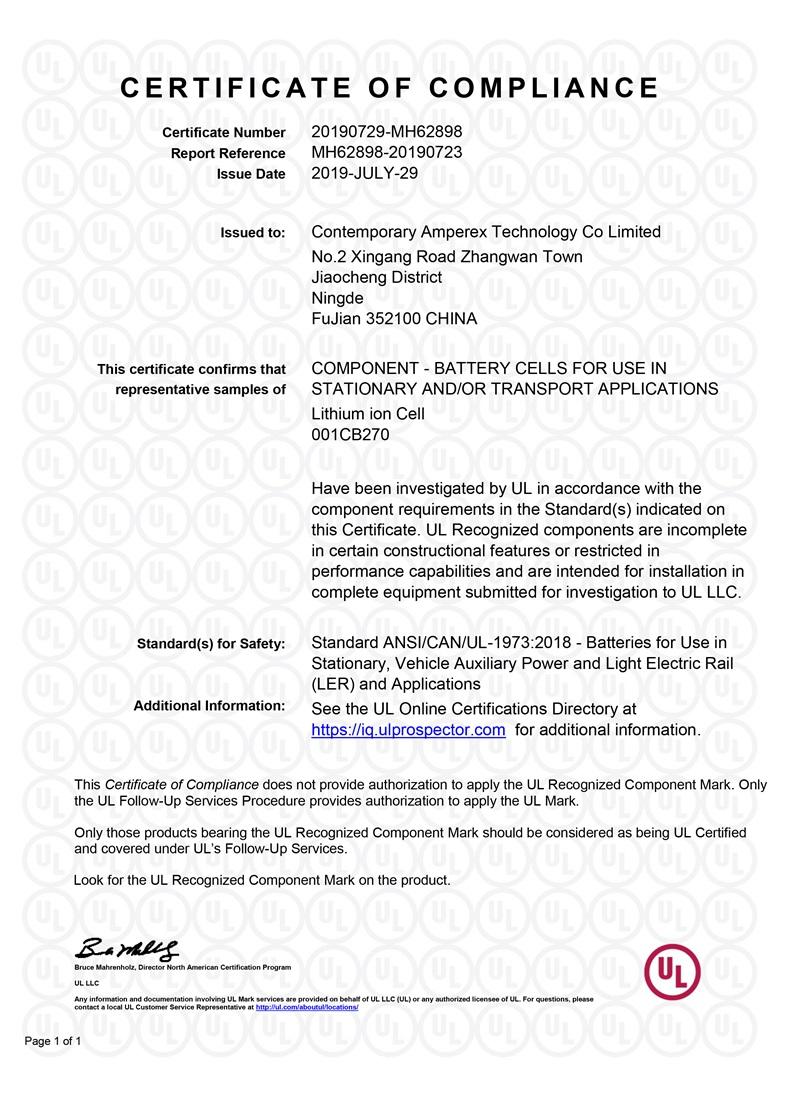Blog
Discovering How Much a Car Battery Weighs

Understanding car battery weights helps you maintain your vehicle better. The knowledge becomes essential when you plan to replace the battery yourself. This comprehensive guide will explain everything about car battery weights, different types, practical handling tips, and the selection process for your vehicle.
Understanding Car Battery Weight Basics
Let's talk about car battery weight and how it affects your vehicle's performance. Here's a simple breakdown of weight ranges and their importance to your driving experience.
Average Weight Ranges for Different Vehicle Types
Car battery weights vary a lot between different types of vehicles. A regular car battery weighs between 30 to 50 pounds (13.6 to 22.7 kg). Here's a complete breakdown of battery weights by vehicle type:
| Vehicle Type | Battery Weight Range |
|---|---|
| Standard Cars | 30-50 pounds |
| Lightweight Performance | 10-25 pounds |
| Hybrid Vehicles | 100-300 pounds |
| Electric Vehicles | 1,000-2,000 pounds |
| Heavy-duty Vehicles | 50-70 pounds |
Why Battery Weight Matters for Your Car
Battery weight affects many parts of your vehicle's performance. The effects go beyond just powering your car:
- Fuel Efficiency: Each extra pound uses more fuel
- Acceleration Performance: Your car needs more energy to move heavier batteries
- Vehicle Range: Electric cars with bigger batteries go further but weigh more
- Maintenance Requirements: The weight puts extra stress on your suspension and brakes
Weight Distribution and Vehicle Balance
Battery placement is vital to your car's overall balance. Car makers place batteries strategically to get the best weight distribution. They usually put them low in the chassis to make the car more stable. This smart positioning lowers your car's center of gravity and improves handling, especially during turns and bad weather.
Electric vehicle batteries make up to 25 percent of the car's total weight. This weight distribution makes EVs more stable and safer in different driving conditions.
Common Car Battery Types and Their Weights
Our complete analysis of car battery types shows distinct categories with different weights and applications. This knowledge helps you make better decisions about battery selection and handling.
Traditional Lead-Acid Batteries (25-50 lbs)
Traditional lead-acid batteries are still the most common choice in the automotive industry. These batteries weigh between 30 to 50 pounds (13.6 to 22.7 kg), which makes them one of the heavier options. The substantial weight comes from lead plates and sulfuric acid solution that store and release electrical energy. Different groups of lead-acid batteries have varying weights:
- Group 24 batteries: 43-57 pounds (19.5-25.8 kg)
- Group 35 batteries: 31-50 pounds (14-22.7 kg)
- Group 51/51R batteries: 25-43 pounds (11.4-19.5 kg)
AGM and Gel Batteries (30-60 lbs)
Absorbent Glass Mat (AGM) and Gel batteries are advanced versions of lead-acid technology. Here's how their weights compare:
| Battery Type | Weight Range | Key Feature |
|---|---|---|
| AGM Batteries | 30-45 lbs (13.6-20.4 kg) | Spill-proof design |
| Gel Batteries | 30-40 lbs (13.6-18.1 kg) | Gel electrolyte |
These batteries deliver better performance and durability than traditional lead-acid batteries. AGM batteries can be mounted in various positions because of their sealed construction.
Lithium-Ion Batteries (10-25 lbs)
Lithium-ion batteries are the lightest option available, with weights between 10 to 20 pounds (4.5-9.1 kg). This dramatic weight reduction makes them popular for high-performance vehicles where every pound matters. The specific group weights are:
- Group 34 lithium: ~14 pounds (6.3 kg)
- Group 35 lithium: ~16 pounds (7.3 kg)
- Group 94R lithium: ~17 pounds (7.7 kg)
The weight difference between lithium-ion and traditional lead-acid batteries can reduce overall vehicle weight by 20-40 pounds. This reduction is a great advantage for performance applications.
Factors That Influence Battery Weight
Our research shows that a car battery's weight depends on several connected factors. Let's get into the main elements that determine why car batteries have specific weights.
Battery Capacity and Size
Battery capacity directly relates to weight. The capacity measured in amp-hours (Ah) substantially affects its overall mass. A 100 Ah battery weighs about 20-30% more than a 50 Ah battery because it needs more materials for energy storage. Here's how capacity typically relates to weight:
| Capacity (Ah) | Approximate Weight Range |
|---|---|
| 40-60 Ah | 25-35 pounds |
| 70-90 Ah | 35-45 pounds |
| 100+ Ah | 45-60 pounds |
Materials and Construction
Our testing shows that material density plays a vital role in a car battery's weight. These material factors affect the overall weight:
- Lead plate's thickness and density affect both performance and weight
- Electrolyte solution volume varies by battery design
- Casing materials and reinforcement structures add needed weight
- Safety features and thermal management systems add extra mass
Age and Condition Impact
A battery's age and condition affect its performance characteristics. Our research shows that battery capability drops with age in a predictable way. Most lead-acid batteries stay above 100% rated capacity for about half their lifespan before they start to decline.
Tests reveal that aging batteries go through several changes that affect their weight and performance:
- Grid corrosion reduces capacity to about 80% of rated capacity
- Internal resistance goes up and energy delivery becomes less efficient
- Temperature management loses effectiveness
- Material degradation can change overall mass distribution
These changes mean we need a 25% compensation factor in battery sizing calculations to maintain performance throughout the battery's life cycle. This aging factor matters most for high-rate, short-duration applications where performance takes the biggest hit.
Practical Considerations When Handling Car Batteries
Car batteries are heavy power units that typically weigh between 30-60 pounds. Your safety matters most when handling them. Our team created detailed guidelines that help you manage these heavy units safely.
Safe Lifting and Transportation Techniques
You need proper lifting techniques to avoid injuries while handling car batteries. These units can be quite heavy, so position yourself correctly before lifting. Here's what works best:
- Check the battery weight (usually marked on the case)
- Put on protective gear (acid-resistant gloves and safety glasses)
- Bend at the knees, not the waist
- Keep the battery close to your body while lifting
- Use designated lifting straps or handles if available
Tools and Equipment for Battery Handling
These tools will make your battery handling safer and quicker:
| Tool Type | Purpose | Essential/Optional |
|---|---|---|
| Battery Carrier | Safe transportation | Essential |
| Insulated Wrench | Terminal removal | Essential |
| Safety Glasses | Eye protection | Essential |
| Acid-Resistant Gloves | Hand protection | Essential |
| Battery Cleaner | Maintenance | Optional |
Storage and Maintenance Tips
Battery life and safety depend on proper storage. The best temperature range lies between 40-60 degrees Fahrenheit. Here's what you should do:
- Clean terminals regularly with a baking soda solution
- Store in a well-ventilated, dry area
- Keep batteries charged at 70% or higher
- Check fluid levels every six months
- Monitor voltage readings periodically
Good maintenance can extend your battery's life by up to 50%. Batteries weighing more than 40 pounds need mechanical assistance or a second person during installation or removal.
Multiple batteries need upright storage and proper securing to prevent tipping. Poor storage can cut battery life by up to 20% and increase acid leak risks.
Your transportation needs appropriate carriers rated for specific battery weights. This becomes crucial with heavier units from larger vehicles that can weigh up to 60 pounds.
Regular inspections help spot damage or corrosion that affect performance and weight distribution. Replace batteries immediately if you notice bulging or cracks. These signs often point to internal damage that could create hazardous situations.
Choosing the Right Battery Weight for Your Vehicle
Battery selection involves more than matching numbers. Our research shows that picking the right battery needs you to think over multiple factors to get the best vehicle performance.
Vehicle Manufacturer Specifications
The Battery Council International (BCI) group size is a must-check when picking a battery. Our tests have documented the most common BCI group sizes and where they're typically used:
| BCI Group | Common Applications | Typical Weight Range |
|---|---|---|
| H6/H7 | Modern European cars | 40-45 lbs |
| Group 35 | Japanese vehicles | 32-47 lbs |
| Group 65 | Large American cars | 36-49 lbs |
| Group 51 | Compact Asian cars | 26-35 lbs |
The wrong group size can cause poor fit and performance problems. You'll find the BCI group size on your current battery's label or in your vehicle's owner manual.
Performance Requirements
Our testing shows that Cold Cranking Amps (CCA) ratings are vital for battery selection. Here are the key guidelines:
- Never install a battery with lower CCA than manufacturer specifications
- Think about upgrading to higher CCA ratings for extreme weather conditions
- Match power requirements to vehicle's electrical demands
Modern vehicles with advanced features like heated seats and stop-start technology need AGM batteries that weigh between 30-45 pounds. These batteries deliver better power and handle deep discharge cycles well.
Weather and location affect battery choice by a lot. Our research in different climates shows that:
- AGM batteries work better in hot climates because they resist heat
- Cold regions need higher CCA ratings
- Urban driving with frequent stops needs stronger batteries
- Sealed batteries resist corrosion better in coastal areas
Installation and Fitment Considerations
Battery fit matters a lot. Battery dimensions can vary even if they weigh the same. New battery installation requires you to check:
- Physical dimensions must match the battery tray exactly
- Terminal location and orientation must arrange with vehicle cables
- Weight distribution affects how your vehicle handles
- Different battery types need different ventilation
You can upgrade from a flooded battery to an AGM battery, but not the other way around. Vehicles made for AGM batteries need their specific features to work right.
Battery weight distribution plays a big role in how vehicles perform. Performance vehicles do better with lithium-ion batteries that weigh 10-20 pounds less than regular options. This improves weight distribution without losing power.
The manufacturer's specs for minimum and maximum weight tolerances are important to check. Going beyond these limits can hurt vehicle handling, fuel efficiency, and how long parts last. Electric vehicles, with batteries weighing over 1,000 pounds, need exact matching to manufacturer specifications.
Conclusion
Car battery weight does more than just power our vehicles. Research shows battery weights vary from light 10-pound lithium-ion units to heavy 2,000-pound electric vehicle power systems. These weight differences affect vehicle performance, handling, and fuel efficiency by a lot.
The right battery choice depends on manufacturer specs, vehicle needs, and environmental conditions. AGM and lithium-ion batteries now serve as exciting alternatives to traditional lead-acid units. These newer options deliver better performance while weighing less.
Safety comes first when you handle these heavy parts. Our guidelines about proper lifting, storage, and maintenance help extend battery life and protect both the handler and vehicle. Knowledge about car battery weights equips us to make smart choices about our vehicle's upkeep and performance.
FAQs
What is the typical weight range of a car battery in pounds?
Car batteries, specifically standard 12-volt lead-acid types, typically weigh between 30 to 50 pounds (13.6 to 22.7 kg). This weight primarily comes from the lead plates and sulfuric acid solution they contain, which are essential for storing and releasing electrical energy.
Does the weight of a car battery change when it is depleted?
Yes, the weight of a car battery can vary depending on its charge level. A typical car battery weighs between 25 to 50 pounds, but an empty or dead battery may weigh less due to the reduced quantity of electrolytes.
Are car batteries difficult to carry?
Car batteries can be quite heavy and challenging to carry, often weighing 30 pounds or more. Handling them can be tricky as the weight is concentrated in a small area, which can lead to internal damage if not carried properly. Additionally, if the carrying strap is not securely attached, the weight could potentially damage the terminals.
What is the weight of a 12V car battery in kilograms?
A standard 12V lead-acid car battery typically weighs between 15 to 25 kilograms. The weight is derived from the lead plates and sulfuric acid electrolyte that make up the battery.
Is there a significant weight difference between OEM and aftermarket car batteries?
Yes, there can be a noticeable difference in weight between OEM (Original Equipment Manufacturer) and aftermarket car batteries. For example, a Kirkland brand battery might weigh around 30 pounds and be manageable with one arm, whereas an OEM battery for certain vehicles, like a Subaru, could weigh between 50 to 70 pounds and require assistance to move. This difference in weight can be attributed to variations in battery design and materials used, which also impacts their performance and suitability for specific vehicles.
- Next:How to Troubleshoot and Resolve Battery Discharge Warnings
- Previous:Understanding Watt Hours vs Amp Hours: A Comprehensive Guide
Contact Details
Lithium LiFePO4 Batteries and Lithium LiFePO4 Cells Supplier - LiFePO4 Battery Shop
Contact Person: Miss. Elena Wang
WhatsApp : +8615263269227
Skype : +8615263269227
WeChat : 15263269227
Email : info@lifepo4batteryshop.com
All Products
Certification
Customer Reviews
- I have fond memories of our meeting in Shanghai with LiFePO4 Battery Shop Elena. Your company left a strong impression on me with its impressive growth and professionalism. We both value straightforwardness and honesty, which I believe are the most important qualities in any partnership. I am confident that we can build a successful collaboration based on these shared values. —— Robert from USA
- I've been working with LiFePO4 Battery Shop for years, and their reliability is unmatched. While other suppliers frequently change sales teams, LiFePO4 Battery Shop has consistently provided exceptional service with a stable team. Their commitment to quality and customer support truly sets them apart. —— Henry from Australia



